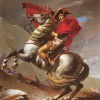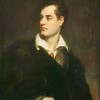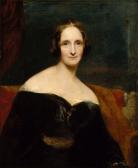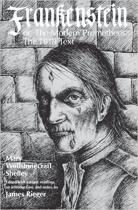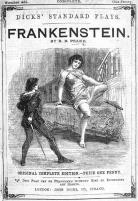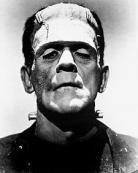Jean-Jacques Rousseau
28 Jun 1712 to 2 Jul 1778
Jean-Jacques Rousseau, born in Geneva, Switzerland, is named "The Father of Romanticism" because of his work in the Enlightenment period, where he wrote a very detailed and uncencored autobiography, titled Confessions. Rousseau's thinking was so forward, it did not conform to societal rules of the Elightenment period, paving the way for other creative minds to share their work in the upcoming era. This provided writers such as Mary Shelley, Edgar Allen Poe, and John Keats with a window of opportunity to show their creativity in their "abnormal" works. The individuality of their pieces brought forth the freedom, love of nature, and expressionism of the Romantic period.


![Cruikshank note[1]](http://www.branchcollective.org/wp-content/uploads/2012/01/Cruikshank-note1-100x100.png)

